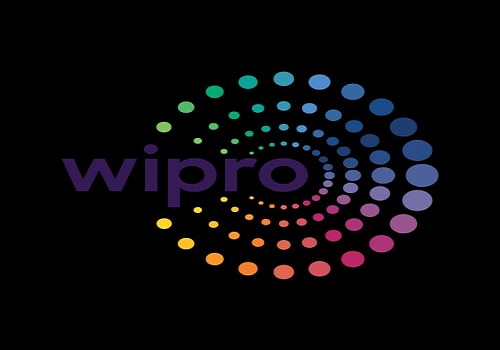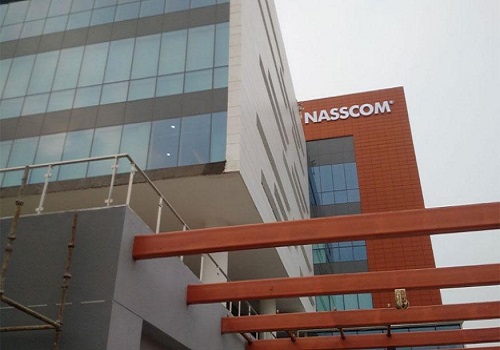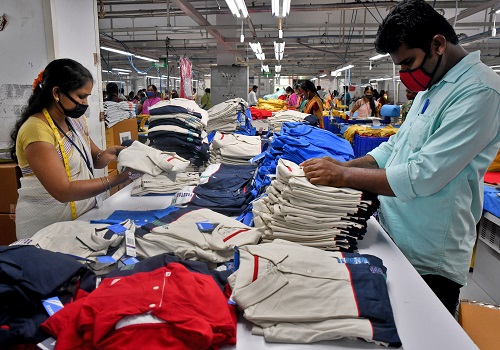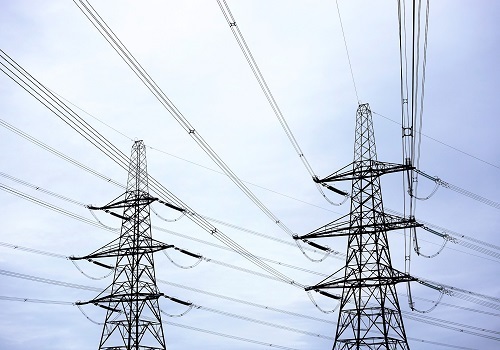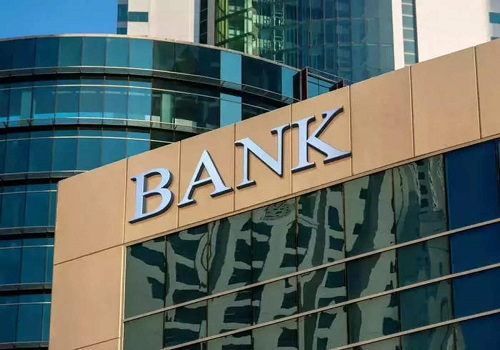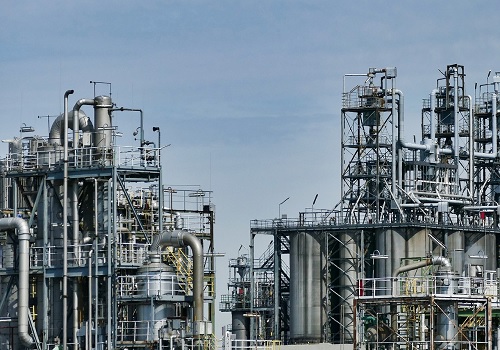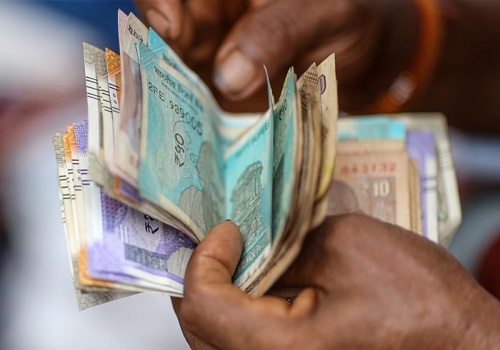RBI`s Policy Preview: MPC to Maintain Pause - CareEdge Ratings
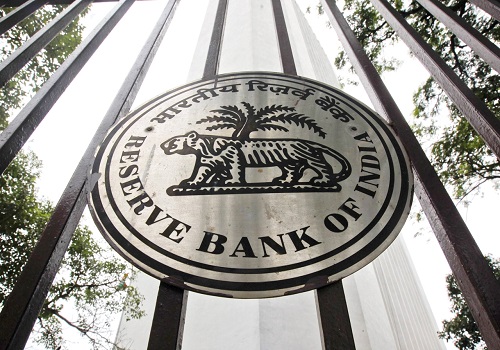
Follow us Now on Telegram ! Get daily 10 - 12 important updates on Business, Finance and Investment. Join our Telegram Channel
https://t.me/InvestmentGuruIndiacom
Download Telegram App before Joining the Channel
Economic Headwinds Intensified Since the August MPC Meeting
The forthcoming Reserve Bank of India's (RBI) monetary policy committee (MPC) meeting, scheduled for the upcoming week, is set against a backdrop of growing domestic as well as external economic challenges. These domestic challenges encompass growing risks to consumption demand amid soaring food inflation, an uneven monsoon adversely affecting kharif crops, higher interest rates and rising global crude oil prices.
The Q1 FY24 GDP figures indicate a robust growth rate of 7.8%, up from the 6.1% recorded in Q4 FY23. Notably, private consumption expenditure has exhibited a strong expansion of 6%, marking a substantial improvement from the modest 2.8% growth observed in the previous quarter. This upswing in consumption expenditure can be attributed primarily to increased discretionary spending by urban consumers, as reflected in healthy air and railway passenger traffic, growth in retail credit, and higher sales figures for passenger vehicles (PV). Additionally, the government's emphasis on capital expenditure (capex) has supported investment activities and is corroborated by the robust growth in steel consumption, capital goods production, and cement production. E-way bill collections touched all time high of 93.4 million in August growing over 19% compared to previous year. The robust growth in E-way bill indicates buoyancy in economic activity, especially ahead of the festive season. Furthermore, the auto sales led by PV continue to display resilience and strength. However, recent developments suggest a potential rise in headwinds affecting consumption demand, particularly in rural areas. It is crucial to monitor these emerging headwinds closely.
As indicated by CMIE's data, consumer confidence has exhibited a concerning decline, with a notable 1.5% drop in the index observed in August. This dip follows a period of sustained recovery since January 2023. Several factors contribute to this decline, including poor rainfall during the crucial month of August which significantly impacts kharif crop cultivation, a slackening labour market, and persistently elevated inflation levels – all of which have collectively dampened consumer sentiment. Additionally, CMIE's consumer survey reveals a sharp decrease in consumers' intentions to purchase durable goods, which is concerning ahead of the festive season. Furthermore, the labour market continues to grapple with challenges, as reflected in the all-India unemployment rate, which rose to 8.1% in August from 7.9% in July. This increase is primarily driven by higher urban unemployment, which rose to 10.1% in August from 8.1% in July. In comparison, rural unemployment has seen a marginal decrease to 7.1% in August from 8.3% in July, owing to a seasonal rise in demand for agricultural labour. However, distress in the rural labour market is evident from the consistent rise in annualised growth in the number of households demanding work under MNREGA, which has surged from 3.2% YoY in May 2023 to a peak of 20% YoY in August.
The downside risks to consumption demand are further substantiated by the underwhelming sales performance of FMCG firms despite their increasing profitability. Nevertheless, the government's persistent commitment to capital expenditure is anticipated to support job creation and sustain economic momentum in the coming months. Additionally, the festive season is expected to bring about a seasonal uptick in consumption demand, even though downside risks to demand remain elevated. On the global front, the economic momentum remains ambivalent, with increasing anticipation of a 'soft-landing' for the US economy, while growth concerns remain elevated in Europe and China. Major global central banks like the US Federal Reserve (US Fed) and European Central Bank (ECB) are anticipated to keep their borrowing costs higher for an extended period, thereby adversely impacting the capital flows into emerging markets. In September, foreign portfolio investments (FPIs) in India have taken a downturn, registering a net outflow of USD 1.7 billion. This marks a notable shift after experiencing six consecutive months of positive inflows. While there is a positive development to note – the inclusion of Government Securities (G-Secs) under the Fully Accessible Route (FAR) within the JP Morgan bond index (GBI-EM) – its positive impact is expected to be gradual, as the weightage assigned to India will be increased incrementally over a period of time.
On the other hand, the reduction in oil supply from OPEC member countries has driven crude oil prices to touch USD 95 per barrel this week. This development has accentuated headwinds to the external economic scenario, as weakening global demand is poised to negatively affect domestic exports, while the import bill is expected to stay elevated due to higher energy costs. Consequently, the current account deficit (CAD) is now projected to stand at 1.8% of GDP, higher than the prior estimate of 1.6% of GDP. The widening CAD and outflows of foreign portfolio investments have intensified depreciating pressures on the Indian rupee, resulting in a depreciation of approximately 0.5% in September. Furthermore, India's foreign exchange reserves have declined, reaching a near four-month low at USD 593 billion in the last week.
With the prevailing economic headwinds, we expect the RBI to retain its growth projections at 6.5% for FY24 as the RBI will likely adopt a 'wait and watch' approach, seeking better visibility on festive demand trends and estimates of kharif production before making any adjustments.
Inflation Shows Signs of Cooling Despite Staying Above RBI’s Tolerance Band
In August, India's retail inflation moderated to 6.8% from a high of 7.4% in July. This moderation was primarily
attributed to a decrease in vegetable prices, which had surged in July as an erratic rainfall affected the harvest.
The arrival of a fresh harvest, coupled with government interventions, played a role in cooling these prices. Various
supply-side measures, such as restrictions on wheat and non-basmati rice exports and the Open Market Sales
Scheme (OMSS) utilizing Food Corporation of India (FCI) stocks, along with reductions in import duties on edible
oils, have contributed to stabilizing retail food prices. High-frequency retail data indicates a further softening of
vegetable prices in September, which is expected to ease headline inflation further. However, it's important to note
that while the volatile component of the food basket has cooled significantly, price pressures persist in cereals,
spices, and pulses. The sowing of pulses has lagged by approximately 4.6% in this Kharif season, and highfrequency retail prices suggest a sequential uptick in the prices of pulses in September. However, we expect food
inflation to moderate going ahead with average inflation in the food basket slowing from 6.9% in Q2 to 5.6% in
Q3 and 5.1% in Q4.
Despite the steep rise in global crude oil prices, it is anticipated that this will not significantly impact retail inflation, as there will be pressure on oil marketing companies (OMCs) to refrain from increasing retail prices for petrol and diesel. As we approach the pre-election period, OMCs are expected to absorb a substantial portion of the increased global crude prices. The RBI is also likely to find comfort in the fact that the Wholesale Price Index (WPI) continues to remain in deflationary territory, and core inflation remains relatively benign. In August, core inflation moderated to 4.9%, down from 5.1% in July.
We expect the September inflation print to remain above RBI's upper tolerance limit. As a result, the
RBI will miss its Q2 inflation projections by ~60 bps and will consequently revise its whole-year
projection to 5.6% from an earlier projection of 5.4%.


